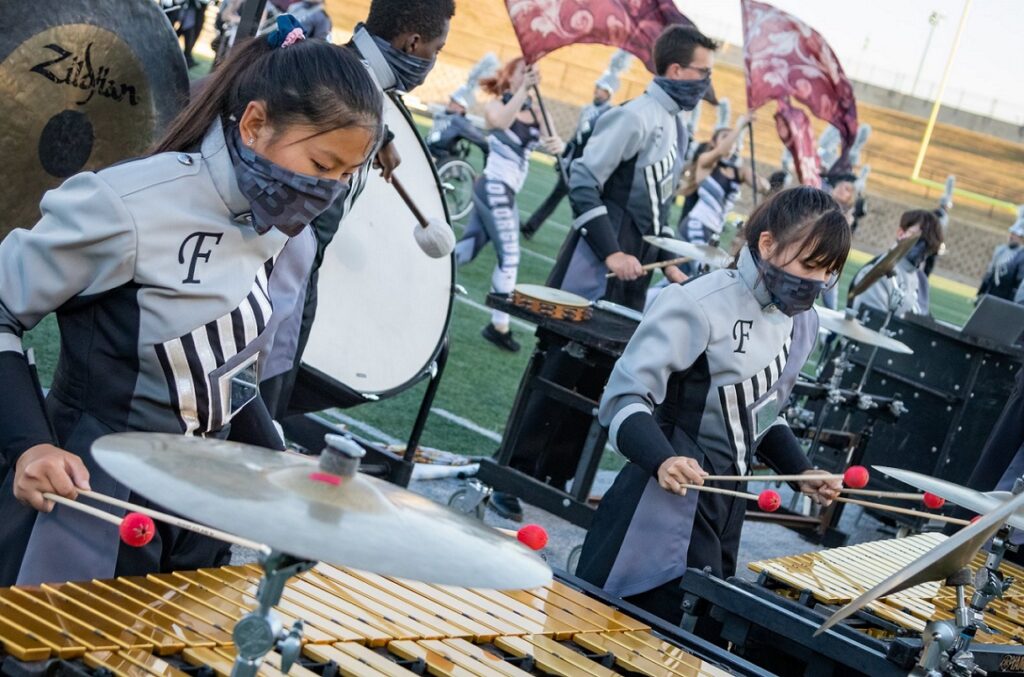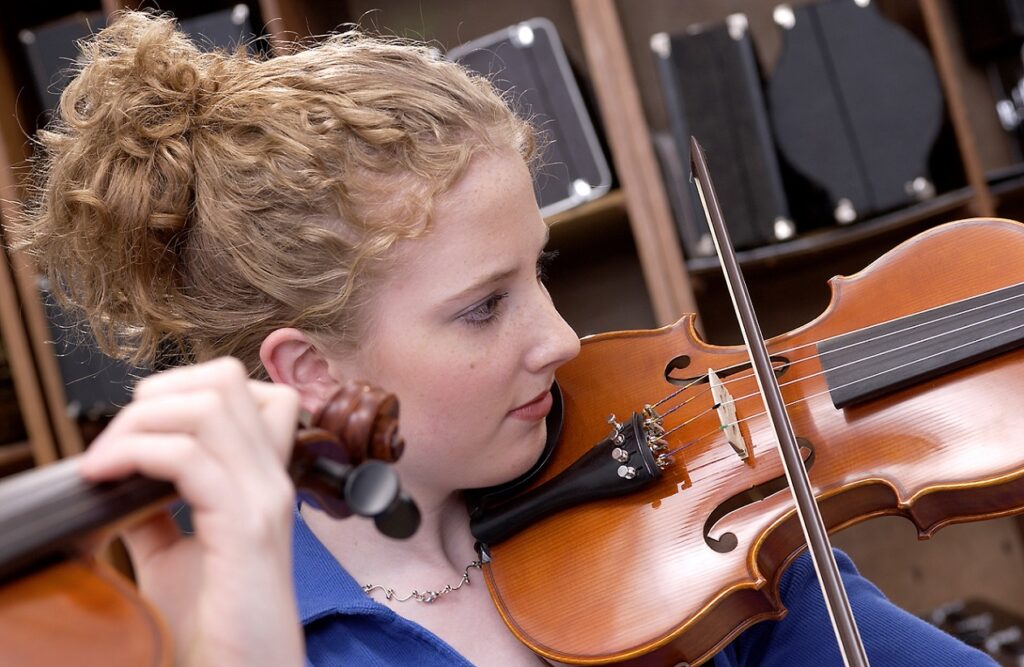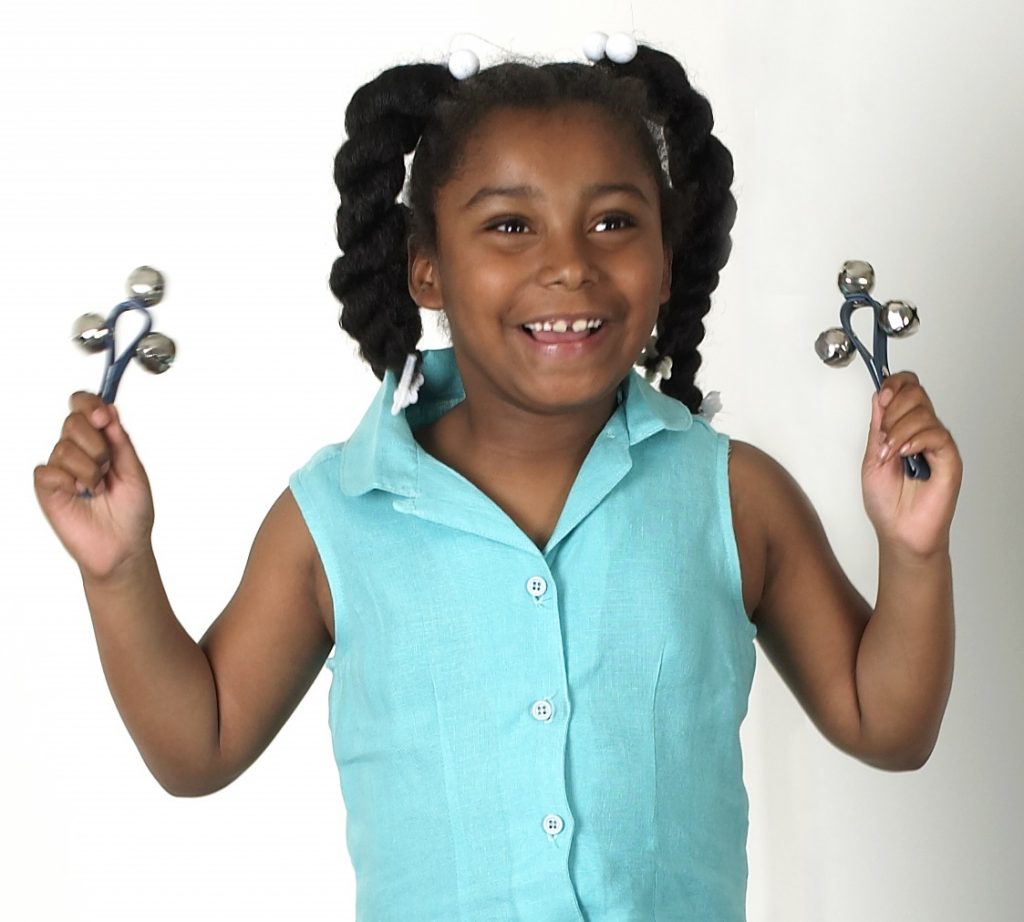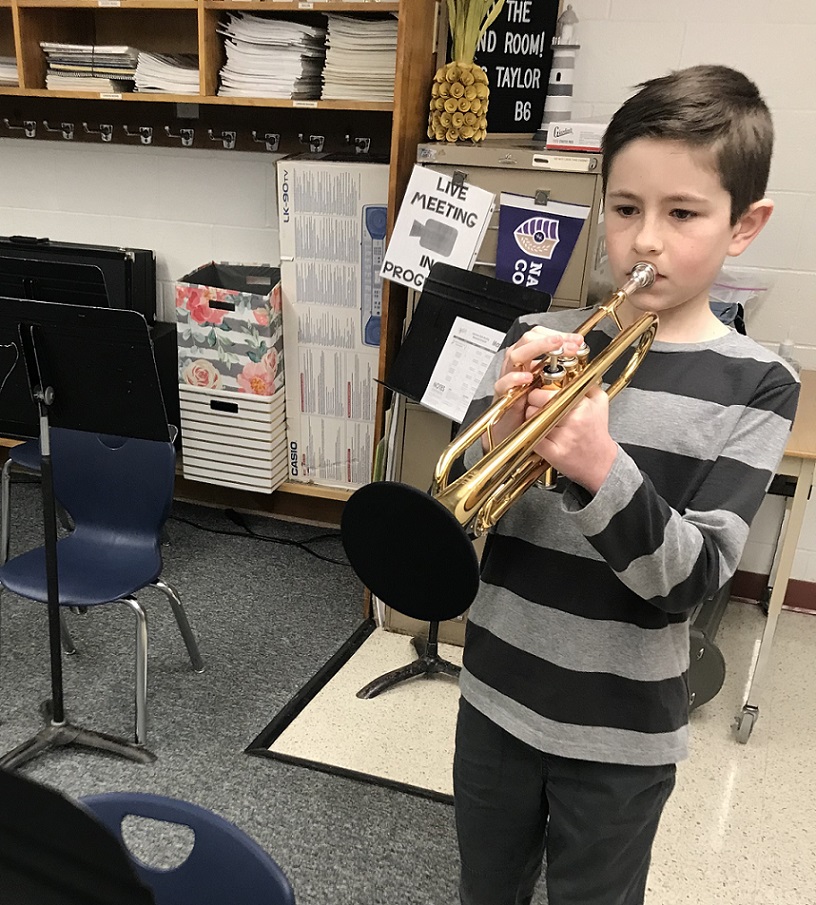Tagged Under:
Ukuleles: Why You Need Them
Introduce students to harmony instruments in elementary and middle school with the ukulele — and have a ton of fun doing it!
When I started teaching music, I inherited a classroom full of hand percussion and manipulatives. It was a wonderful start, but it felt like something was missing.
Later that year, I met with one of my mentors, who told me that she had just received a classroom set of ukuleles. Later, I taught a few lessons in her district. The difference between the instrumental skill level of her students and mine was palpable — they were more on pitch and their fingers seemed more agile. Was this a mere coincidence? Or were the classroom ukuleles working their magic?
As I continued to grow as a music educator, I realized that we do not introduce students to harmony instruments early enough. Ukuleles are a great, versatile and economical solution to this problem.
Here’s why elementary and middle school music classrooms need ukuleles and how music teachers can get started using them. Even if you don’t play a string instrument, you can learn this sunny instrument alongside your students and have a blast while doing it!
Why You Need Ukuleles
 You easily can play complex chords on them. Many chords require just one or two fingers, which allows students to play their favorite pop and Disney songs without the insane stretches that might be required on the guitar (something that is great for kindergartners and students with small hands). Because of the ukulele’s unique tuning and its smaller fretboard, suspended and 7ths chords are easier to learn.
You easily can play complex chords on them. Many chords require just one or two fingers, which allows students to play their favorite pop and Disney songs without the insane stretches that might be required on the guitar (something that is great for kindergartners and students with small hands). Because of the ukulele’s unique tuning and its smaller fretboard, suspended and 7ths chords are easier to learn.- Ukes are great instruments to sing over because the basic chords of the ukulele can be learned quickly.
- Many students can play these instruments at the same time without creating an overwhelming or displeasing sound. Ukes are extremely mellow and easy on the ears — even when a bunch of wrong notes are being played. Dissonance sounds more pleasant and less “crunchy” on ukes.
- Ukes require a different type of dexterity than recorders. With ukuleles, students are doing three things at once — fingering, strumming and singing — which fosters creativity, connects synapses, improves dexterity and encourages writing melodies. Furthermore, it preps for bigger string instruments later down the road.
The Ukulele in Preparation for Guitar
While many music educators daydream about their students becoming members of a community band or even a symphony, this isn’t often a shared dream. Oftentimes, kids would rather be rock stars. Enter the ukulele.
The ukulele is more economical than guitars (so it’s easier to stock your classroom with them). But the ukulele is by no means an elementary instrument. Pro ukulele players are just as respected as pro guitarists and bassists.
Uke strings, which are usually made of nylon, nylon polymers or fluorocarbon, are more gentle on fingers than the metal strings of a much larger guitar, which is a distinct advantage for younger players.
You can also introduce tabs and chord stamps with the ukulele.
How to Introduce Ukuleles to the Classroom
 Don’t start teaching with the instruments already in students’ hands. Instead, create a presentation on how to properly hold and use ukuleles, including examples of what not to do. Tuning, maintenance and how to put the instrument away should all be addressed a day before the instruments are put into their hands.
Don’t start teaching with the instruments already in students’ hands. Instead, create a presentation on how to properly hold and use ukuleles, including examples of what not to do. Tuning, maintenance and how to put the instrument away should all be addressed a day before the instruments are put into their hands.
The next steps are introducing the correct posture, finger position and basic strumming. C, F, and C7 are great 1- and 2-finger chords to start with.
Some Lesson Plan Ideas
Once your students know how to play a few of chords, you are ready to integrate these chords into your lessons.
- Play one song every day.
- Show students the Axis of Awesome’s “4-chords.” The chords C, G, Am and F in the key of C are the bread and butter of most radio hits. Teach your students these chords, and they can write a song that sounds like songs they already know, which pupils tend to really enjoy. These chords can be used in solo or collaborative songwriting.
- Consider writing your own classroom theme song, which is a great way to create classroom culture and get students playing every day. Try placing this “everyday song” at the beginning or end of a lesson to punctuate the transition to or from music class.
Types of Classroom Ukuleles and Accessories
 If you don’t already have ukes in your classroom, you’ll need to do a bit of research. Most entry-level ukuleles cost around $50 to $60. Anything less than this are likely not high quality instruments. Entry-level ukuleles are usually made of wood or plastic. Most classroom sets are plastic, although there are a handful of economical wooden ones (such as those by Makala), but instruments made of wood require more care and are more susceptible to damage.
If you don’t already have ukes in your classroom, you’ll need to do a bit of research. Most entry-level ukuleles cost around $50 to $60. Anything less than this are likely not high quality instruments. Entry-level ukuleles are usually made of wood or plastic. Most classroom sets are plastic, although there are a handful of economical wooden ones (such as those by Makala), but instruments made of wood require more care and are more susceptible to damage.
I recommend that teachers use either an electric-acoustic uke or a guitar so that their playing doesn’t become drowned out.
Must-have accessories include tuners, mini chord charts, extra strings, an instrument rack and a classroom set of books.
Ukulele Method Books
There are a plethora of ukulele method books. Some are solo-based and others are ensemble-based. Go with the latter for your class, but you may find some helpful tablature in the solo books. Commonly used books include “Essential Elements Ukulele Method Book,” “Jumpin’ Jim’s Ukulele Tips ‘N’ Tunes,” “Ukulele Primer Book for Beginners,” “Alfred’s Easy Ukulele Songs” and “Strum it Up.”
Ukuleles and Recorders: A Good Combo
 I’m supportive of using both ukuleles and recorders in beginning music classrooms. The ukulele preps students for string instruments while recorders prep them for woodwind instruments.
I’m supportive of using both ukuleles and recorders in beginning music classrooms. The ukulele preps students for string instruments while recorders prep them for woodwind instruments.
I’ve seen ukes and recorders being used in tandem during mock-up lessons at music conventions, which creates an interesting duet dynamic. Combining lessons for both instruments sets up students for flute and guitar duos once they get older.
Get recorders and ukes, if possible. You can ask parents to supply some funds or do crowdfunding or fundraising.















